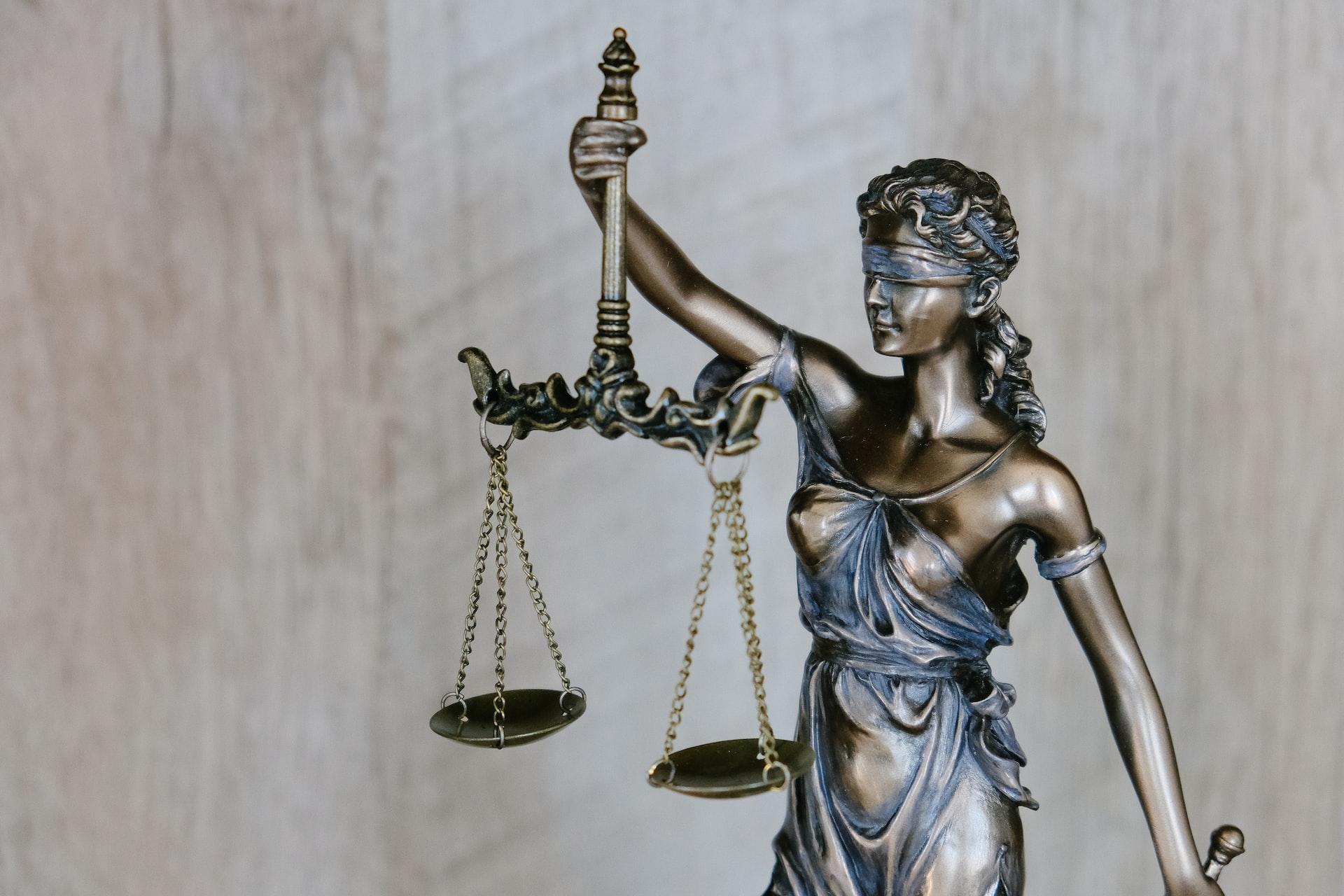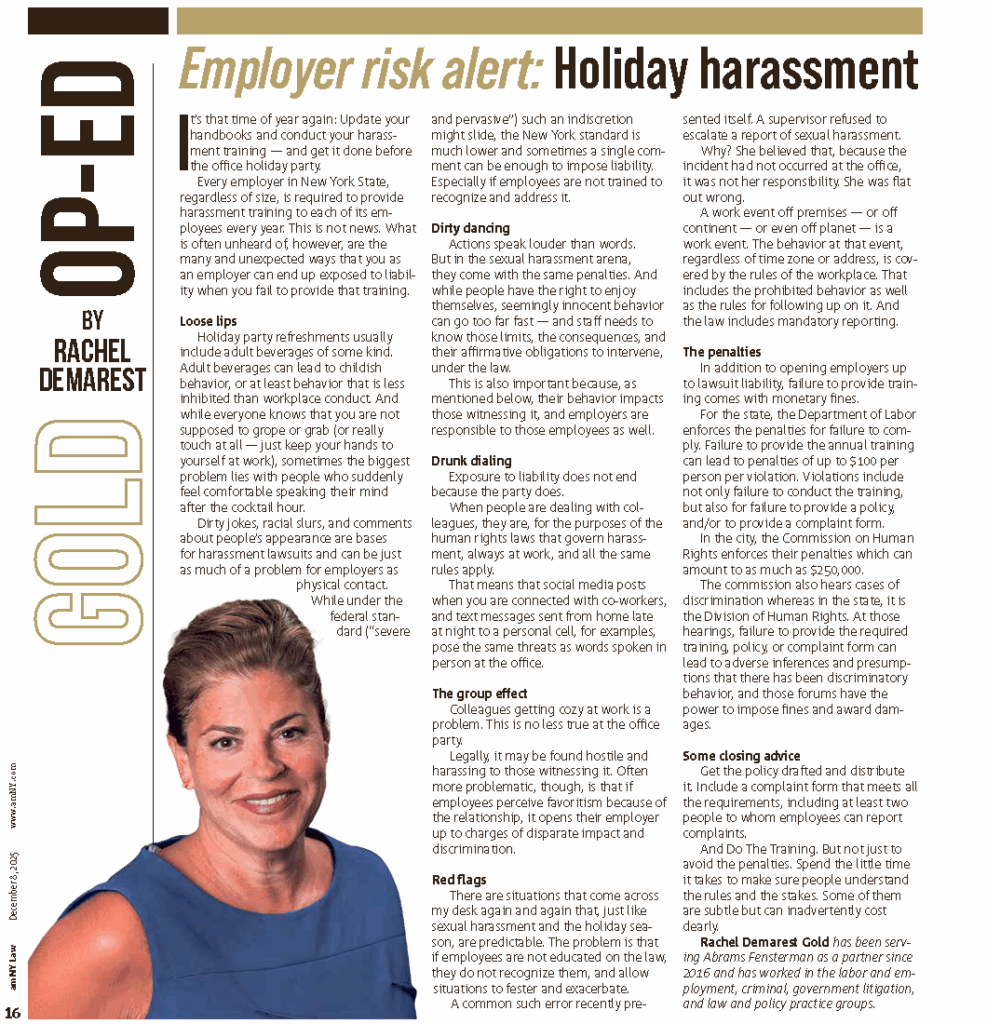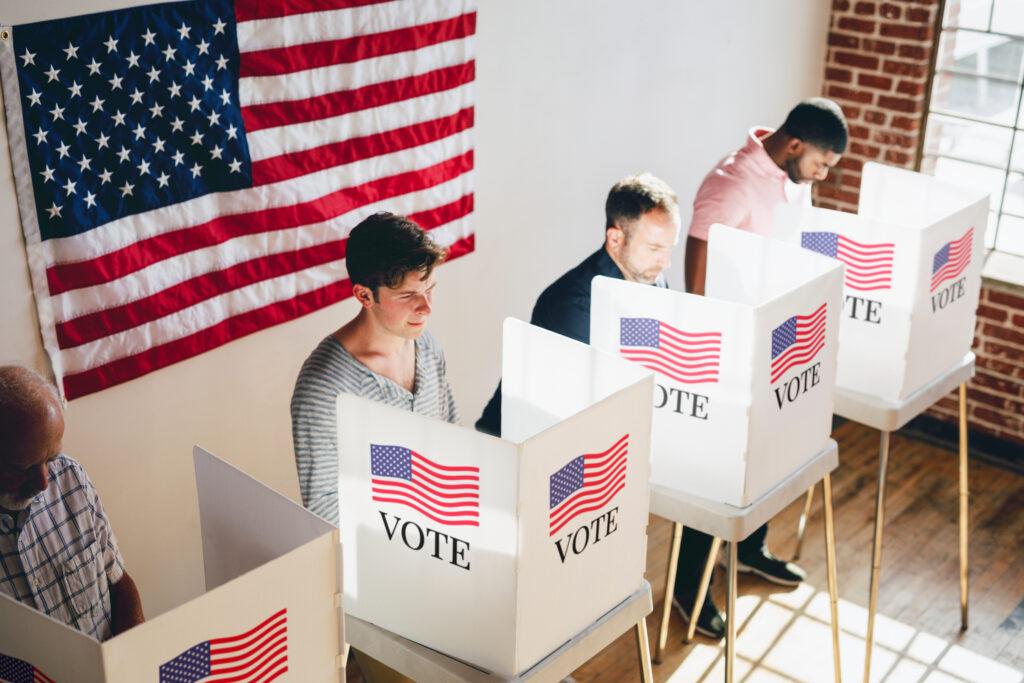By Justin Kelton
“But we never signed anything!” From time to time, business lawyers are likely to hear a client say (or yell) these words, believing that the absence of a written agreement defeats an adversary’s claim that a partnership existed. Not so fast. New York has a complex and flexible oral partnership doctrine, and courts regularly find that a legal partnership exists even without any formal paperwork. The consequences of an oral partnership can be quite significant: partners generally share in profits and losses, and owe fiduciary duties of loyalty, good faith, and fair dealing toward each other. Therefore, it is critical to understand the contours of the oral partnership doctrine. This article analyzes the law of oral partnerships in New York, and summarizes how such partnerships can be created, operated, and terminated.
What Qualifies as an Oral Partnership?
Under New York law, a partnership is defined as “an association of two or more persons to carry on, as co-owners, a business for profit.” N.Y. P’ship Law § 10 (McKinney 2021). Of course, partnerships can be formed through a written agreement, but they can also be formed orally or through the parties’ conduct, intention, and relationship. Czernicki v. Lawniczak, 74 A.D.3d 1121, 1124 (2d Dep’t 2010) (“When there is no written partnership agreement between the parties, the court must determine whether a partnership in fact existed from the conduct, intention, and relationship between the parties.”). An oral partnership therefore “does not have the same requirements as a formal contract and can be found even in the absence of a capital contribution . . . .” Leonard v. Cummins, 196 A.D.3d 886 n.2 (2021). Where a party alleges the existence of an oral partnership, that party “bears the burden of proving the indicia of such a relationship.” F & K Supply, Inc. v. Willowbrook Dev. Co., 304 A.D.2d 918, 920 (3d Dep’t 2003).
In determining whether a business relationship constitutes a legal partnership, “the relevant factors are (1) the parties’ intent, whether express or implied; (2) whether there was joint control and management of the business; (3) whether the parties shared both profits and losses; and (4) whether the parties combined their property, skill, or knowledge.” Hammond v. Smith, 151 A.D.3d 1896, 1897 (4th Dep’t 2017). “No single factor is determinative; a court considers the parties’ relationship as a whole.” Id. However, it is clear that profit sharing constitutes prima facie evidence of a partnership. See N.Y. P’ship Law § 11 (“The receipt by a person of a share of the profits of a business is prima facie evidence that he is a partner in the business . . . .”). In fact, there is authority for the proposition that sharing in profits and losses is “an indispensable element of a partnership.” Saibou v. Alidu, 187 A.D.3d 810 (2d Dep’t 2020) (“A mutual promise or undertaking of the parties to share in the profits of the business as well as the burden of the losses is an indispensable element of a partnership.”).
How Does the Statute of Frauds Impact Oral Partnership Agreements?
In New York, the Statute of Frauds, incorporated in section 5–701(a)(1) of the General Obligations Law, “provides that an agreement is void if it is not in writing and ‘subscribed by the party to be charged therewith’ when the agreement ‘[b]y its terms is not to be performed within one year from the making thereof.’” Sheehy v. Clifford Chance Rogers & Wells LLP, 3 N.Y.3d 554, 559–60 (2004). Thus, the Statute concerns those agreements which, by their terms, “have absolutely no possibility in fact and law of full performance within one year.” D & N Boening, Inc. v. Kirsch Beverages, Inc., 63 N.Y.2d 449, 454 (1984). When parties litigate claims of an oral partnership, there are often disputes about whether the Statute of Frauds bars the claim.
Since an oral agreement to form a partnership for an indefinite period “creates a partnership at will,” such agreements are “not barred by the Statute of Frauds.” Prince v. O’Brien, 234 A.D.2d 12, 12 (1st Dep’t 1996). Conversely, the Statute of Frauds can operate as a bar to oral partnership agreements where there is some evidence that the parties agreed to a term in excess of one year. See Optionality Consulting Pte. Ltd. v. Nekos, No. 18-CV-5393 (ALC), 2019 WL 4523469, at *7 (S.D.N.Y. Sept. 18, 2019) (draft agreement showed that the parties orally agreed to a three-year fixed term).
How Long Does an Oral Partnership Last?
Where a partnership is formed through oral agreement, and there is no meeting of the minds as to its duration, the partnership is terminable at will. See Prince v. O’Brien, 234 A.D.2d 12, 12 (1st Dep’t 1996) (“An oral agreement to form a partnership for an indefinite period creates a partnership at will.”). Dissolution of the partnership occurs when either partner “manifests an unequivocal election to cease the collaboration.” Scholastic, Inc. v. Harris, 259 F.3d 73, 87 (2d Cir. 2001) (internal quotations omitted); see also N.Y. P’ship Law § 62 (absent agreement to the contrary, a partnership is dissolved “[b]y the express will of any partner”). Such a manifestation can be established through “conduct as well as words.” Scholastic, Inc., 259 F.3d at 87 (quoting Bayer v. Bayer, 215 A.D. 454, 473 (1st Dep’t 1926). For example, courts have held that at-will partnerships were dissolved when a partner rejected an accounting request, refused to make payments, or removed files, books, and office equipment from the business without the consent of other partners. See Carola v. Grogan, 102 A.D.2d 934, 934 (3d Dep’t 1984); Cracco v. Cracco, 25 A.D.2d 660, 660 (2d Dep’t 1966); Slinin v. Shnaider, No. 15-CV-9674, 2017 WL 464426, at *2 (S.D.N.Y. Feb. 2, 2017).
What Happens when an Oral Partnership Terminates?
When a partnership dissolves, each partner is entitled to the cash value of his share of partnership property. N.Y. P’ship Law § 71; see also Goldberg v. Goldberg, 59 A.D.2d 668, 668 (1st Dep’t 1977) (partners are entitled to receive their share of retained earnings and receivables upon dissolution, in addition to any other partnership assets). Where “there is no oral or written partnership agreement, the partnership’s profits are split . . . and all the partnership property is considered an asset.” Sriraman v. Patel, 761 F. Supp. 2d 7, 18 (E.D.N.Y. 2011).
The Takeaways
New York’s oral partnership doctrine has developed through a combination of statutes and caselaw into a robust framework that can dramatically impact businesses in New York. Due to the flexibility of the doctrine, parties may be deemed to be members of an oral partnership even though they were unaware that a partnership had been formed. Individuals who are not sure whether an oral partnership exists should consult experienced counsel about the best way to navigate this complex body of law to protect and maximize their rights.
Justin T. Kelton is a partner at Abrams, Fensterman, Fensterman, Eisman, Formato, Ferrara, Wolf & Carone, LLP, where he focuses on complex commercial litigation, employment law, and intellectual property matters. He can be reached at 718-215-5300 or [email protected].
Reprinted with permission from the November 8, 2021 edition of The New York Law Journal, © 2021 ALM Media Properties, LLC. All rights reserved.
Further duplication without permission is prohibited. ALMReprints.com – 877-257-3382 – [email protected].





